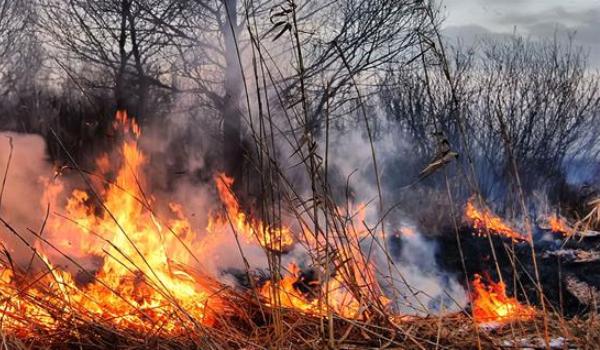Fire and Emergency New Zealand say that the Restricted Fire Season in Raglan and other parts of the Waikato ended on 30 March 2018. The rules for Open Fire Seasons now apply.
This change in fire season to an open fire season means that fire permits are no longer required to light a fire outside in Raglan and other parts of the Waikato District area.
For more information about fire seasons around the Waikato visit: http://www.checkitsalright.nz/
- Open fire season – fires may be lit in the open air with no requirement for a permit. When a fire is lit, it must be done in a safe and considerate manner that does not cause a nuisance to your neighbours. The permitted activity rules can also be found in the Air Quality chapter of the Air Land and Water Plan.
Your responsibilities when lighting a fire
- Check if you need a fire permit before lighting a fire. For information about the fire season status throughout the country visit www.checkitsalright.nz.
- Make sure the weather conditions are suitable for lighting a fire. A strong breeze can carry sparks for a considerable distance.
- Make sure the intended fire location is adequately separated from other surrounding combustible materials. Don’t think that only bone-dry ‘brown’ vegetation will burn.
- Never leave fires unattended because a change in wind direction or other unexpected behaviour can occur quickly.
- Fires should not be ignited or have a naked flame visible during the hours of darkness.
- Make sure there is sufficient access for fire fighting vehicles. Access tracks around your property need to be maintained so that a Fire Appliance can get in to your property within a timely manner.
- Special attention is required for areas where peat soils exist as these fires can spread undetected and can be extremely difficult to control. The open season is the best time to carry out safe burns reducing the need for fires during summer.
- It is the responsibility of the person lighting the fire to ensure there are sufficient resources on site to manage the fire and that the fire is contained at all times.
- A fire should not be lit unless public liability and fire suppression insurance is taken out.
- Liability for damage or fire suppression costs caused by any fire is the responsibility of the person lighting the fire.
Plan ahead
- Think about the time of year you want to burn. During March-April and September-October strong equinoctial winds make burning potentially dangerous. Fire bans can be put in place during summer.
- Give your vegetation plenty of time to dry out. The majority of sap is water. Stacking your vegetation and leaving for up to six months will allow it to dry out and give you a much better burn.
- If possible cut and stack your vegetation in the spring and burn in the autumn. This gives the vegetation plenty of time to dry, producing a good clean burn and reduces the likely hood of fire escaping as we enter the wetter time of year.
You need to maintain your occupied (or unoccupied) section to reduce the fuel loading therefore reducing the risk of fire travelling into or out of your property.
For further advice on vegetation fires (non permit enquires) please contact:
David Brown
Fire and Emergency New Zealand
Phone: 027 2332152.
